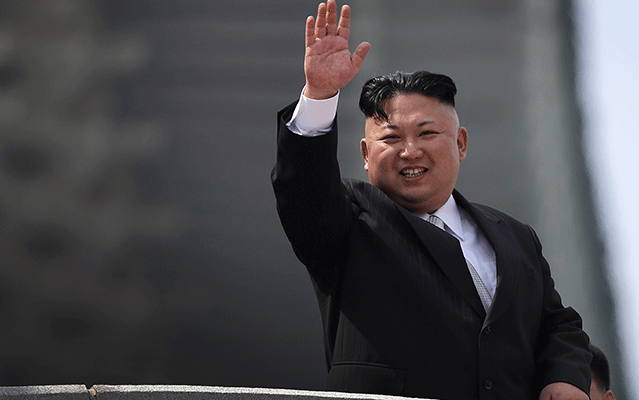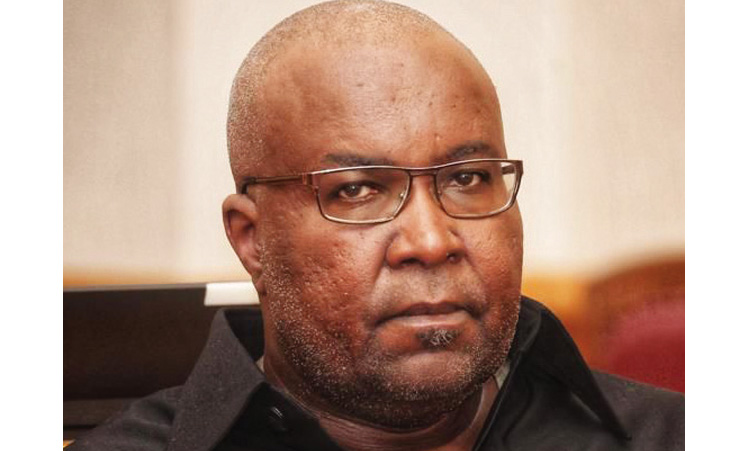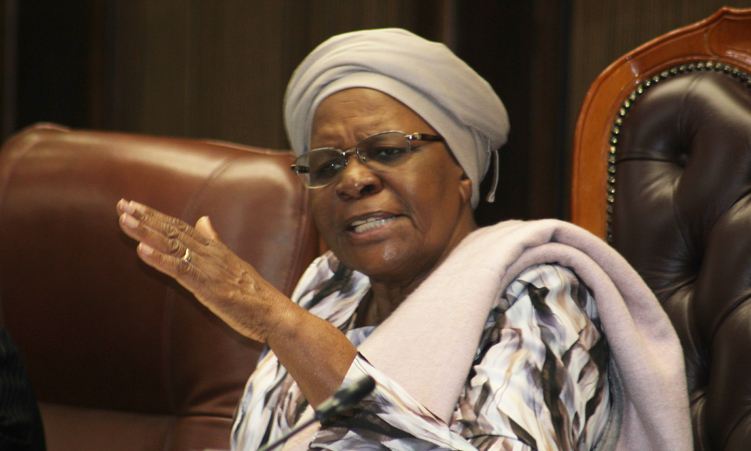On an icy December day in 2011, North Korea’s new leader Kim Jong Un was accompanied by seven advisors as they escorted the hearse that carried his father, Kim Jong Il, through the streets of Pyongyang.
None of the men remain with the young Kim. This October, he demoted the last of his father’s aides, both men in their nineties. They were among around 340 people he has purged or executed, according to the Institute for National Security Strategy, a think tank of South Korea’s National Intelligence Service (NIS).
Kim, “obviously a madman” in the eyes of US president Donald Trump, has completed a six-year transition to what the South calls a reign of terror.
His unpredictability and belligerence have instilled fear worldwide: After he tested a “breakthrough” missile last month, he pronounced North Korea a nuclear power capable of striking the United States. But a closer look at his leadership reveals a method behind the ‘madness’.
At 33, Kim Jong Un is one of the world’s youngest heads of state. He inherited a nation with a proud history, onto which a socialist state had essentially been grafted by Cold War superpowers to create a buffer between Communist China and the capitalist South.
Under Kim’s father, the economy was mismanaged, and the collapse of Communism in the Soviet Union eliminated an important source of support. Up to three million people starved.
To consolidate a weak position, the young leader has been cultivating three main forces: Military and nuclear power, a tacit private sector market economy, and the fear and adoration of a god.
To this end, he has executed two powerful men and promoted one young woman – Kim Yo Jong, his younger sister, who Korea-watchers say is also Kim’s chief propagandist. She is Kim’s only other blood relative to be involved in politics: His elder brother, Kim Jong Chol, was rejected by their father as heir.
Over the five years to December 2016, Kim spent US$300 million on 29 nuclear and missile tests, US$180 million on building some 460 family statues, and as much as US$1 billion on a party congress in 2016 – including US$26,8 million on fireworks alone, according to the Institute, which employs high-level defectors.
“Yes, he has replaced many top commanders and officials so easily and ruthlessly killed some of them, which could make you wonder if he’s sane,” said Lee Sang-keun, a North Korean leadership expert at the Institute of Unification Studies at Ewha Womans University in Seoul.
“But this is a historical way of governing that can put you in power for a long time.”
In ancient days, Pyongyang was the capital of a mighty empire, Koguryo, the root of the modern word ‘Korea’.Going back through history, the Great Leader concept is a blend of several ideas handed down through time: an almighty god, the Confucian worship of a parent, and a king with the Mandate of Heaven, according to Lee Seung-yeol, a senior researcher at the National Assembly Research Service in Seoul.
Lee, a leading North Korea leadership researcher, said the state’s theory of succession means Kim the younger’s rise should have been completed while his father was alive: Kim’s father was anointed 20 years before he took over, giving him time to build allies and a leadership system.
Kim Jong Un had just three years as leader-in-waiting.
Born in 1984, he was third in line for power and a fractious, competitive child, according to Kenji Fujimoto, a Japanese chef who worked for the family and one of the few people to recount meetings with the young Kim.
In his memoirs published in 2010, Fujimoto, who now runs a sushi restaurant in Pyongyang, said Kim once snapped at his aunt Ko Yong Suk for calling him ‘Little General’. Kim wanted to be called ‘Comrade General’.
When Kim Jong Il knew his young son would soon succeed him, researchers have said, the father took several measures to protect the boy. Lee said these included shifting the country’s power base to create rivalry between the elites so Kim the younger could play one group off against another.
Kim Jong Il had declared the military the country’s supreme power – a policy known as songun, which means “military first”.
At a party conference in 2010, he changed the set-up so the military had to compete with the party administration for the leader’s favour.
Military strategy was the first thing Kim changed. His father had used the promise of nuclear disarmament as a bargaining chip for aid, and in February 2012, young Kim started in his father’s footsteps, promising to freeze North Korea’s nuclear programme in return for food aid from the United States.
But weeks later he changed tack, saying North Korea would fire a long-range rocket. “The negotiations were carried on as the legacy of Kim Jong Il,” said Wi Sung-lac, a former South Korean envoy to talks in 2011 that contributed to the February deal. “Since then his strategic thinking has shaped up.”
In Kim’s view, Saddam Hussein of Iraq and Muammar Gaddafi of Libya were fatally weakened by not having nuclear weapons, North Korean media say.
“History proves that powerful nuclear deterrence serves as the strongest treasured sword for frustrating outsiders’ aggression,” the official KCNA news agency said in an editorial in January 2016.
North Korea is racing to achieve a nuclear deterrent because the state feels threatened, worrying particularly that Kim may face a fate like Gaddafi. The Libyan leader agreed in 2003 to eliminate his weapons of mass destruction; in 2011, he was killed by rebels that the United States and its allies had supported.
One leading pallbearer at Kim Jong Il’s funeral was Ri Yong Ho, chief of the general staff of the Korean People’s Army. Kim sacked him in July 2012. South Korean intelligence later confirmed that Ri had been executed.
By December 2012, North Korea had carried out another, successful, rocket test.
In 2013, Kim outlined a new policy: The ‘byungjin line’, or parallel development, to combine the nuclear build-up and economic growth.
Stay informed with The Namibian – your source for credible journalism. Get in-depth reporting and opinions for
only N$85 a month. Invest in journalism, invest in democracy –
Subscribe Now!










